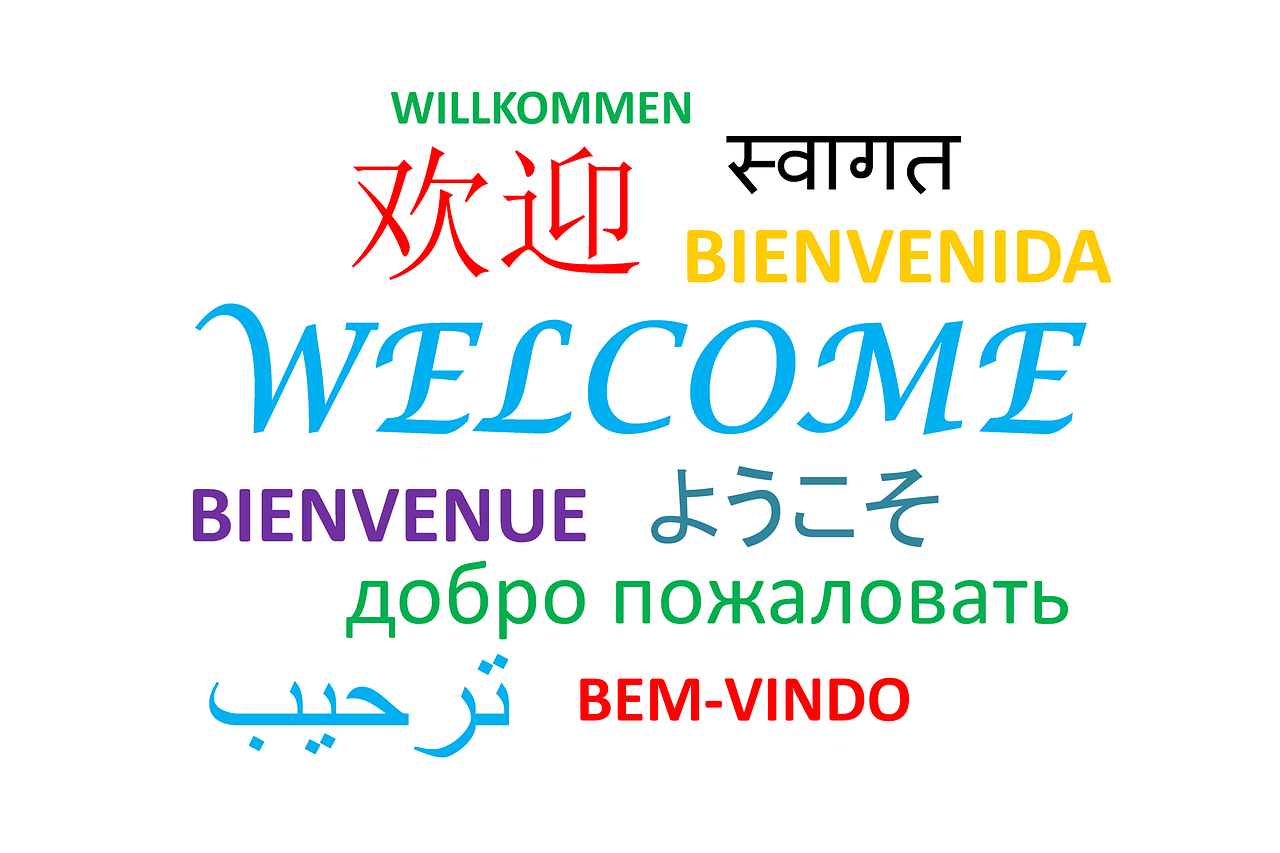A student hesitates before answering a question—not because they don’t know the answer, but because they are translating their thoughts from their home language into English. Meanwhile, in another school, a teacher discourages students from speaking anything other than English, believing it will help them integrate. These everyday moments reflect a broader issue: the undervaluing of linguistic diversity in education.
According to HESA statistics, in the 2023/24 academic year, international students accounted for 14% of all undergraduate students and 51% of all postgraduate students in UK higher education while also growing number of our home students come from linguistically diverse backgrounds. Similarly, the EAL population in English schools reached 20.8% in 2024. However, this growing linguistic diversity in our classrooms is often overlooked, with education systems continuing to favour a monolingual approach that perceives linguistic variation as a challenge rather than a valuable resource. Embracing and integrating students’ linguistic repertoires can enhance learning, foster inclusivity, and challenge entrenched educational inequalities.
For too long, multilingual students have been placed in remedial programs such as English as an Additional Language (EAL) interventions at schools and English for Academic Purposes (EAP) support systems at universities, reinforcing a deficit model that frames their linguistic backgrounds as obstacles to overcome. This perspective assumes that English proficiency is the sole determinant of academic success, disregarding the cognitive benefits that bilingualism and multilingualism bring. A shift is needed—from viewing multilingualism as a limitation to recognising linguistic repertoires as valuable assets that enrich the learning experience.
Linguistic repertoires encompass the full range of languages and dialects individuals use across various contexts. Studies, such as those by Cummings (2007) demonstrate that allowing students to draw upon their linguistic resources leads to deeper comprehension and more meaningful engagement with academic content. A powerful strategy supporting this is translanguaging which enables students to fluidly navigate between languages to process and articulate new ideas. In practice, this could involve encouraging students to discuss concepts in their home language before expressing them in English or permitting multilingual annotations in their notes. To create equitable learning environments, teacher training programs must equip educators with the tools to implement these strategies effectively, fostering pedagogical approaches that respect and leverage linguistic diversity.
At Sheffield Hallam University Multilingualism Network, we are a dynamic community of educators, researchers, and practitioners dedicated to exploring and promoting multilingual pedagogies. Our next event on “Multilingualism as a Resource in Anglophone Higher Education” will take place on 30 June 2025. Please check out the and register your interest as a presenter or delegate for this free and hybrid event
Dr Melike Bulut Albaba is a Senior Lecturer at Sheffield Institute of Education. Her research focuses on teacher learning, practitioner research, and inclusion for linguistic diversity.

Leave a Reply